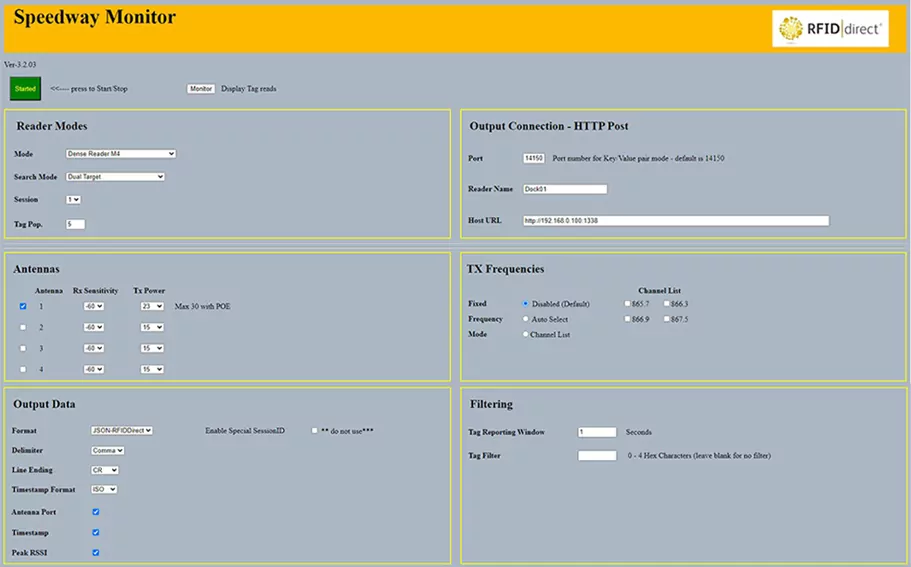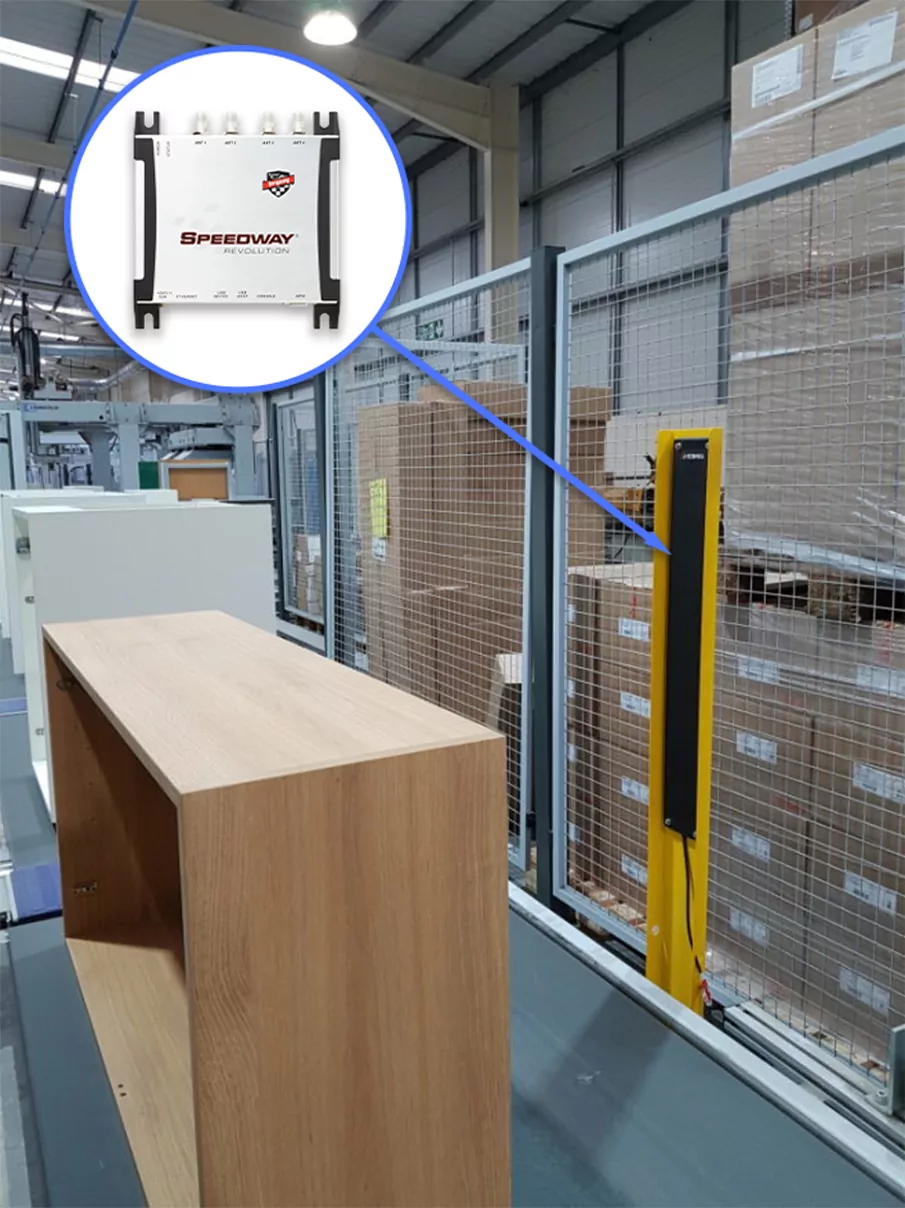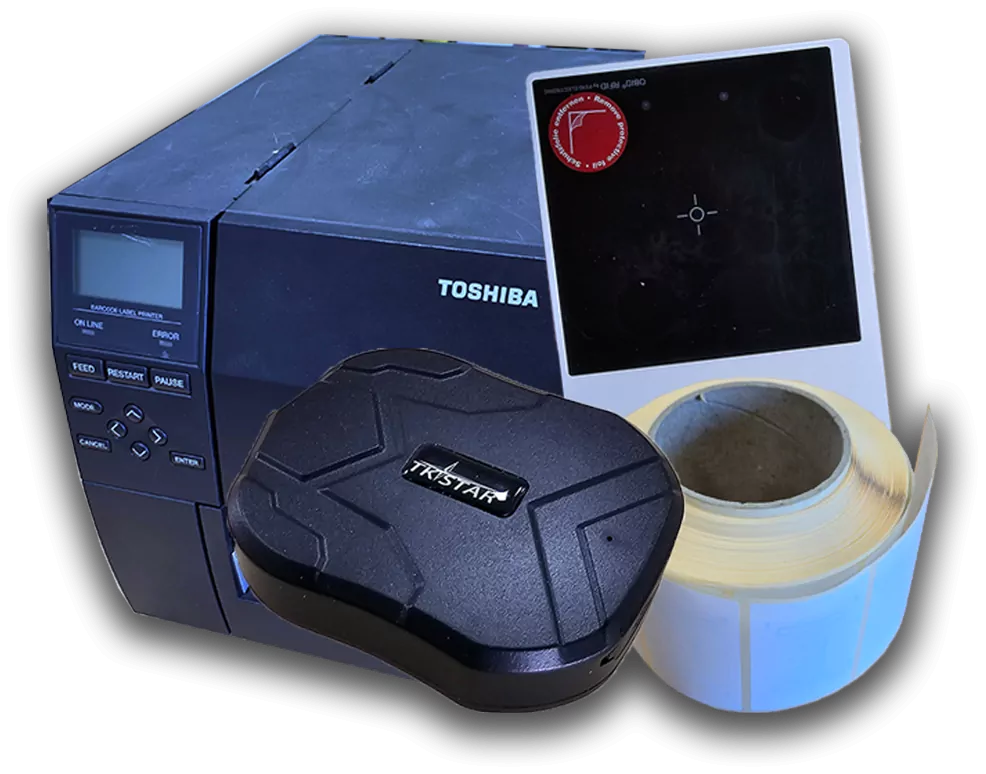Sensing Objects
Powered by RFIDdirect
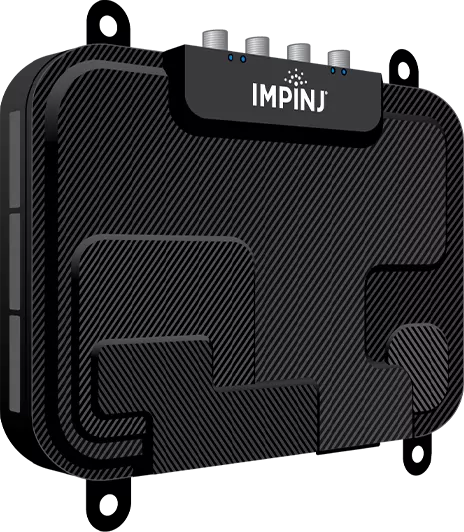
R-700

IMPINJ Speedway
RAIN RFID Readers
With controllable scanning features delivering high performance and consistency in data capture.
Proven Reliability
High Performance
Flexibility for effective item visibility
Network configuration for any IoT process
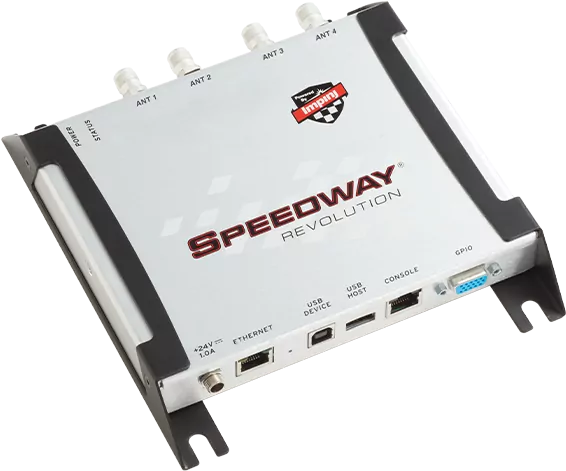
R-420

IMPINJ Speedway and Rain RFID Readers
With controllable scanning features delivering high performance and consistency in data capture.
Proven Reliability
High Performance
Flexibility for effective item visibility
Network configuration for any IoT process

R-420

R-700

CAEN RAIN RFID Readers
the first European company to design, produce and market an UHF RFID reader, using RAIN RFID technology, passive UHF RFID conforming to GS1 EPC Class1 Gen2 or ISO 18000-63 standards.
All CAEN readers can be operated by the CAEN easy2read© software
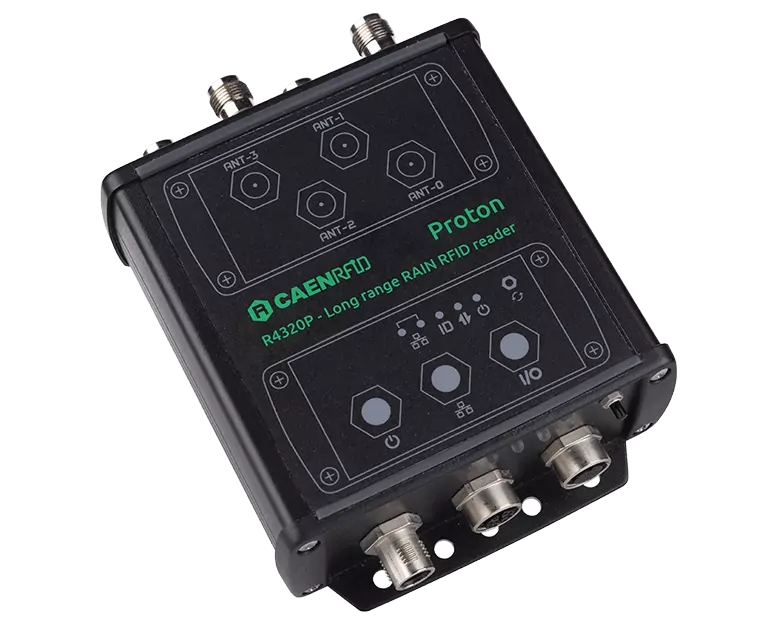
Proton
Industrial design IP65 long range reader
Controlling up to four antennas
Based on Impinj Indy chipset technology
The Proton is based upon an embedded Linux platform
With a ARM9 CPU processor ideal for in-process tracking applications
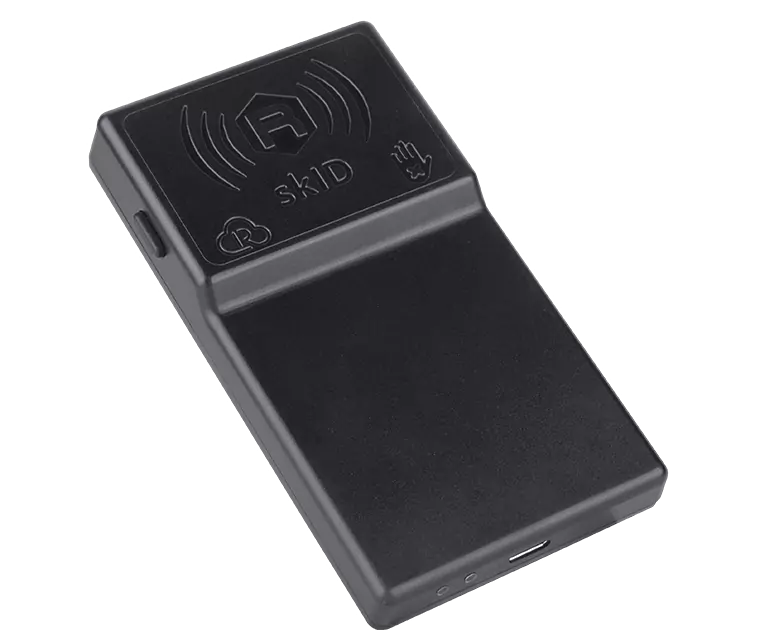
SkID
Mini Sled RAIN RFID Reader for a medium read range
A slim and elegant smart phone add-on RFID reader
Based on the Impinj R2000 chipset
Android/iPhone/iPad and tablet compatible
Battery powered / Bluetooth interface
Ideal for inventory management, mobile workers, service and maintenance applications.
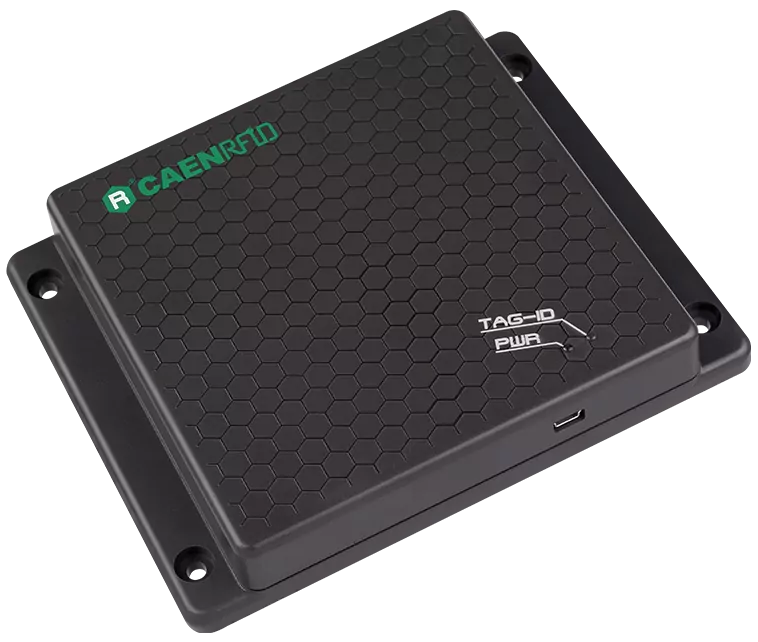
Tile
Compact RAIN RFID Desktop Reader
Supports the HID profile (native keyboard emulation) allowing to interact directly with legacy applications, office automation SW or any other generic solution requiring manual input.
Powered and controlled directly by an USB cable, allowing to read RAIN RFID tags in an easy desktop environment.
Embedded software configuring your reader
Typical applications
